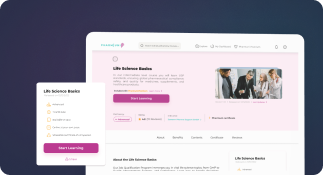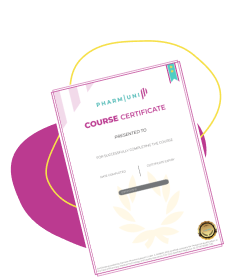SAP CSV Validation
Definition
SAP CSV Validation refers to the process of validating SAP (Systems, Applications, and Products in Data Processing) enterprise software systems to ensure they comply with regulatory requirements for Computer System Validation (CSV) in the pharmaceutical, biotechnology, and life sciences industries. This validation ensures that SAP systems used in GxP-regulated environments (such as Good Manufacturing Practice, Good Laboratory Practice, and Good Clinical Practice) are fit for their intended purpose and consistently produce accurate and reliable results.
Detailed Explanation
SAP is widely used in the pharmaceutical industry for enterprise resource planning (ERP), supply chain management, quality control, materials management, and production planning. Because these systems impact product quality and patient safety, regulatory bodies such as the FDA (21 CFR Part 11) and EMA require that they be validated according to CSV principles.
Purpose of SAP CSV Validation
The primary goal of SAP CSV validation is to ensure the integrity, accuracy, and reliability of data and processes managed within SAP systems. This is particularly important in regulated environments where non-compliance can lead to product recalls, regulatory penalties, or harm to patients.
Key Components of SAP CSV Validation
- Risk Assessment: Identify which SAP modules/functions are GxP-relevant and require validation.
- Validation Plan: A documented strategy outlining the scope, approach, resources, and schedule for validation.
- User Requirements Specification (URS): Define what the system must do from a business and regulatory perspective.
- Functional and Design Specifications: Detailed documentation of how the system will meet the URS.
- Installation Qualification (IQ): Ensure that SAP is installed correctly in the intended environment.
- Operational Qualification (OQ): Verify that SAP functions as intended under normal operating conditions.
- Performance Qualification (PQ): Confirm that SAP performs reliably in the live environment.
- Change Control: Manage changes to the SAP system in a controlled and documented manner.
- Audit Trail and Data Integrity: Ensure all changes and user actions are recorded and secure.
Contexts of Use in Pharma and Life Sciences
SAP modules such as SAP QM (Quality Management), SAP MM (Materials Management), SAP PP (Production Planning), and SAP SD (Sales and Distribution) are often validated in pharmaceutical companies. For example:
- SAP QM: Used to manage quality inspections and batch release processes.
- SAP MM: Tracks raw material procurement and inventory, important for traceability.
- SAP PP: Supports production scheduling and batch tracking.
Each of these modules must be validated if they support GxP processes, ensuring compliance with regulatory requirements.
Common Challenges in SAP CSV Validation
- System Complexity: SAP systems are highly configurable, making validation resource-intensive.
- Integration Points: SAP often integrates with other systems (e.g., LIMS, MES), requiring end-to-end validation.
- Frequent Updates: SAP patches and upgrades must be assessed for validation impact.
Best Practices for SAP CSV Validation
- Adopt a risk-based approach to focus validation efforts on critical GxP functions.
- Maintain thorough documentation throughout the system lifecycle.
- Use validation tools and templates aligned with GAMP 5 guidelines.
- Ensure cross-functional collaboration among IT, QA, and business users.



